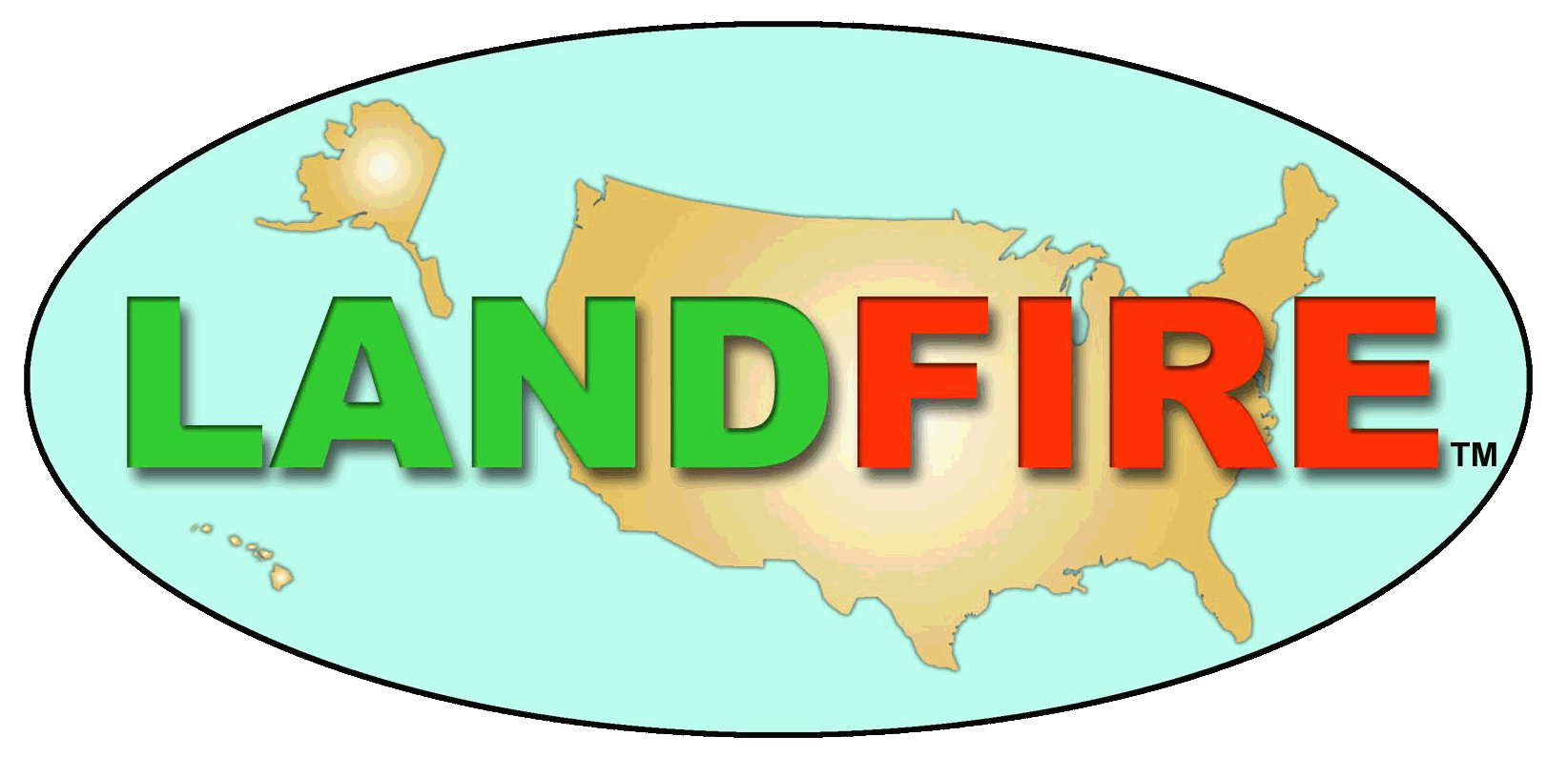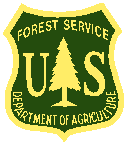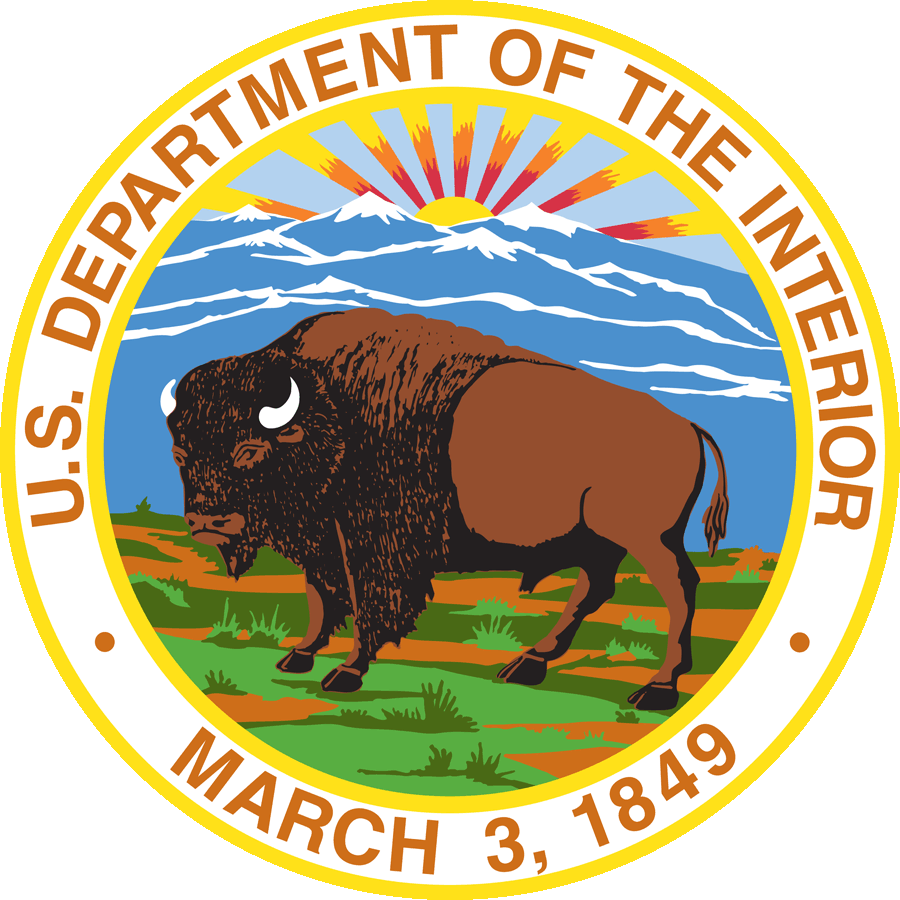




 Latest News
Latest NewsUse keywords to find the FAQ containing the information requested.
If you do not find the question you're looking for, please try the LF Helpdesk Dashboard for more questions from users and their resolutions.
Q. What are the LANDFIRE design criteria for developing vegetation map units?
LANDFIRE vegetation map units must be:
Identifiable - Vegetation map units must be able to be keyed from the LANDFIRE reference database, which is a field-referenced database made up of a compilation of existing government and non-government inventory databases. Additionally, all map units must adhere to standard federal terminology used in vegetation map unit classifications and descriptions of vegetation map units.
Scalable - Vegetation map units must be hierarchical with regard to floristic and spatial scale. The aggregation and division of map units must be straightforward. The LANDFIRE map units must tier, where possible, to the physiognomic and floristic hierarchy detailed in the Federal Geographic Data Committee's (FGDC) Vegetation Classification Standard (FGDC 1997) and other documents describing national vegetation map unit classifications (Eyre 1980; Shiflet 1994; Grossman and others 1998; Comer and others 2003; Brohman and Bryant 2005).
Mappable - Vegetation map units must be capable of being accurately portrayed geospatially as discrete entities and as attributes in geospatial databases. Field-referenced data used to develop training databases must have adequate vegetation information to distinguish vegetation map units. These map units must be congruent with approaches that integrate Landsat-based remote sensing and machine-learning techniques with biophysical gradient modeling for mapping vegetation across broad areas.
Model-able - Vegetation map units must be logically consistent with the framework of the landscape fire succession models critical for simulating historical fire regimes and vegetation.
Brohman, R.; Bryant, L. eds.2005. Existing vegetation classification and mapping technical guide. Gen. Tech. Rep. WO-67. Washington, DC: U.S., Department of Agriculture Forest Service, Ecosystem Management Coordination Staff. 305 pp.
Comer, P., D. Faber-Langendoen, R. Evans, S. Gawler, C. Josse, G. Kittel, S. Menard, M. Pyne, M. Reid, K. Schulz, K. Snow, and J. Teague. 2003. Ecological Systems of the United States: A Working Classification of U.S. Terrestrial Systems. NatureServe, Arlington, VA. 75 p.
Eyre, F. H. E. 1980. Forest cover types of the United States and Canada. Society of American Foresters, Washington DC., USA.
FGDC, ed.[Online] http://www.fgdc.gov/standards/projects/FGDC-standards-projects/vegetation/vegclass.pdf/view?searchterm=vegclass.pdf
Grossman, D. H., D. Faber-Langendoen, A.S. Weakley, M. Anderson, P. Bourgeron, R. Crawford, K. Goodin, S. Landaal, K. Metzler, K. Patterson, M. Pyne, M. Reid, and L. Sneddon. 1998. International classification of ecological communities: Terrestrial vegetation of the United States Volume I. The National Vegetation Classification System: development, status, and applications. The Nature Conservancy, Arlington VA., USA.
Shiflet, T. N. E. 1994. Rangeland cover types of the United States. Denver, CO, USA: Society of Range Management. 151 p.